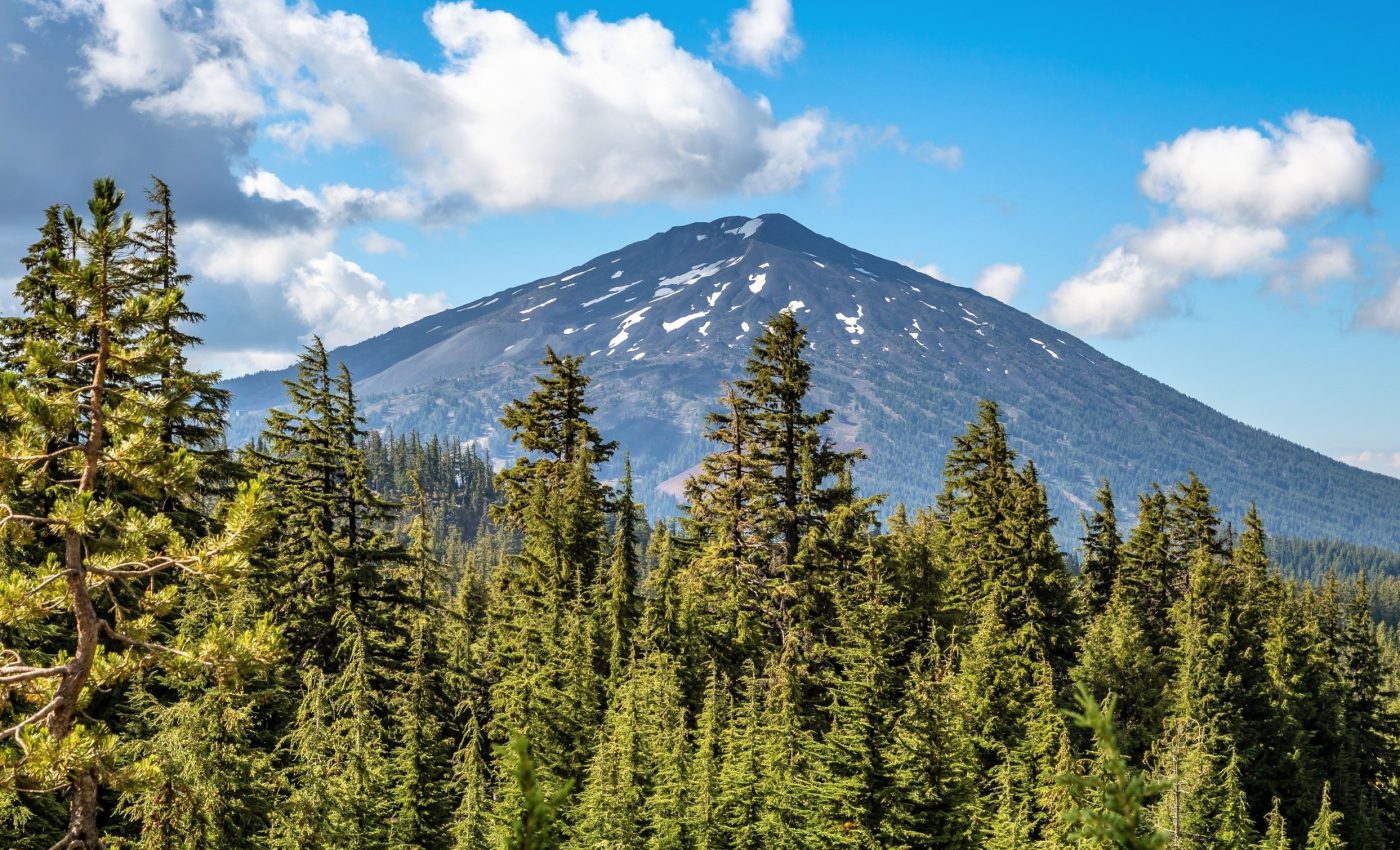
Why explosive volcanoes don't always explode
Volcanic blast power has long been pinned on one main driver: bubbles. As magma rises and outside pressure drops, dissolved gases come out of solution, nucleate bubbles, make the melt more buoyant, and accelerate it upward – much like popping a champagne cork.
Enough bubbles, fast enough, and the magma can shred itself into ash, triggering an explosive eruption.
But that explanation leaves some awkward exceptions. Several eruptions driven by viscous, gas-rich magma – seemingly perfect candidates for explosive fireworks – have instead oozed out quietly.
Early phases at Mount St. Helens in Washington and Chile’s Quizapu volcano are classic examples.
A new study co-authored by ETH Zurich volcanologist Olivier Bachmann puts a missing piece on the table: shear.
A second pathway for bubbles
In narrow conduits, magma doesn’t flow like a block; it shears. Velocity is highest in the core and slowest along the rough conduit walls, where friction is greatest.
That velocity gradient “kneads” the melt. The team shows that this mechanical stirring can generate bubbles deep underground, even without any drop in pressure.
The effect is strongest alongside conduit walls where shear peaks, and it compounds itself as bubbles create more bubbles.
“The more gas the magma contains, the less shear is needed for bubble formation and bubble growth,” Bachmann said.
Degassing early or exploding late
The dual origin for bubbles (decompression and shear) helps reconcile why similar magmas can produce starkly different outcomes.
If a magma is relatively gas-poor, intense shear can still nucleate abundant bubbles that rapidly lighten and accelerate the column, pushing it toward fragmentation and a blast. In that scenario, shear is a trigger.
Flip the script for gas-rich melts. Strong shearing near conduit walls can stitch those early bubbles into connected pathways, degassing channels, well before the system hits shallow depths where pressure drops sharply.
Gas bleeds off, overpressure stays in check, and eruption styles shift toward effusive.
“We can therefore explain why some viscous magmas flow out gently instead of exploding, despite their high gas content – a riddle that’s been puzzling us for a long time,” Bachmann said.
Volcano eruptions with a sluggish start
Mount St. Helens’ 1980 sequence is a case in point. The eruption opened with a sluggish lava emplacement inside the cone – evidence that gas was escaping efficiently.
Only after a landslide abruptly unroofed the system, plunging pressure, did catastrophic fragmentation and the lateral blast unfold.
The new framework suggests many viscous systems may be “leakier” than assumed, quietly venting through shear-built pathways until a separate trigger forces the issue.
From honey jars to volcano labs
To isolate the physics, the team devised a simple but telling lab analog: a viscous, lava-like liquid saturated with CO2. They drove it with controlled shear and watched.
Once shear exceeded a threshold, bubbles flashed into existence. The higher the initial gas supersaturation, the lower the shear needed to seed more bubbles. Existing bubbles acted as local catalysts, making neighbors more likely to form.
Those observations dovetail with intuitive kitchen physics – stirring honey moves it fastest where the spoon sweeps, slowest along the glass – and with flow conditions inside rough, narrow conduits.
The researchers then plugged the experimental parameters into numerical eruption models, showing that the shear-driven pathway should be most potent where sticky magma hugs conduit walls and experiences the strongest strain rates.
Why it matters for hazard forecasts
The implications are practical. Many operational eruption models still treat bubble formation almost entirely as a decompression problem.
The new results argue for a two-channel view in which conduit geometry, wall roughness, ascent rate, and melt rheology all modulate shear – and therefore bubble budgets, permeability, and overpressure.
“In order to better predict the hazard potential of volcanoes, we need to update our volcano models and take shear forces in conduits into account,” Bachmann said.
Building that in could change how we interpret gas emission trends, seismic tremor tied to magma movement, and the likelihood of a switch from effusive to explosive behavior (or vice versa) as conduit conditions evolve.
New insights into volcano eruptions
At a high level, the work reframes eruption style as a balance among three intertwined levers: gas supply, decompression rate, and shear.
Strong shear can either push a system toward fragmentation, if it quickly seeds enough bubbles in a gas-poor melt, or pull it back from the brink by opening escape pathways in a gas-rich one.
That flexible logic better matches the stop-start, style-shifting behavior seen at many silicic volcanoes.
The research also highlights why outwardly similar systems behave differently: conduit size and roughness, ascent history, and melt stickiness all set the shear field. With those details in hand, the same magma chemistry could yield very different risk profiles.
The champagne analogy still holds – but now there’s a twist. Whether the bottle foams over doesn’t only depend on popping the cork. It also depends on how vigorously you’ve shaken it, and on whether the fizz found cracks to seep out beforehand.
—–
Like what you read? Subscribe to our newsletter for engaging articles, exclusive content, and the latest updates.
Check us out on EarthSnap, a free app brought to you by Eric Ralls and Earth.com.
—–













